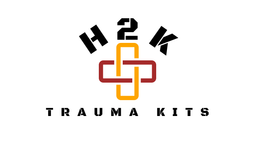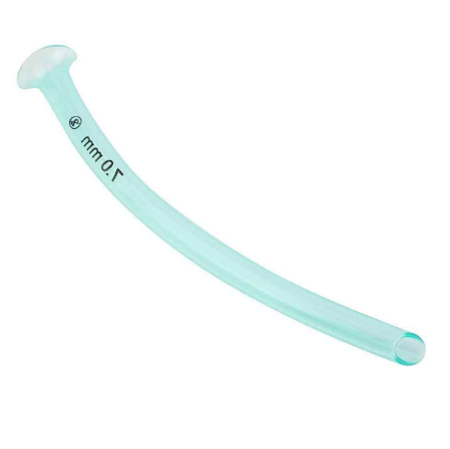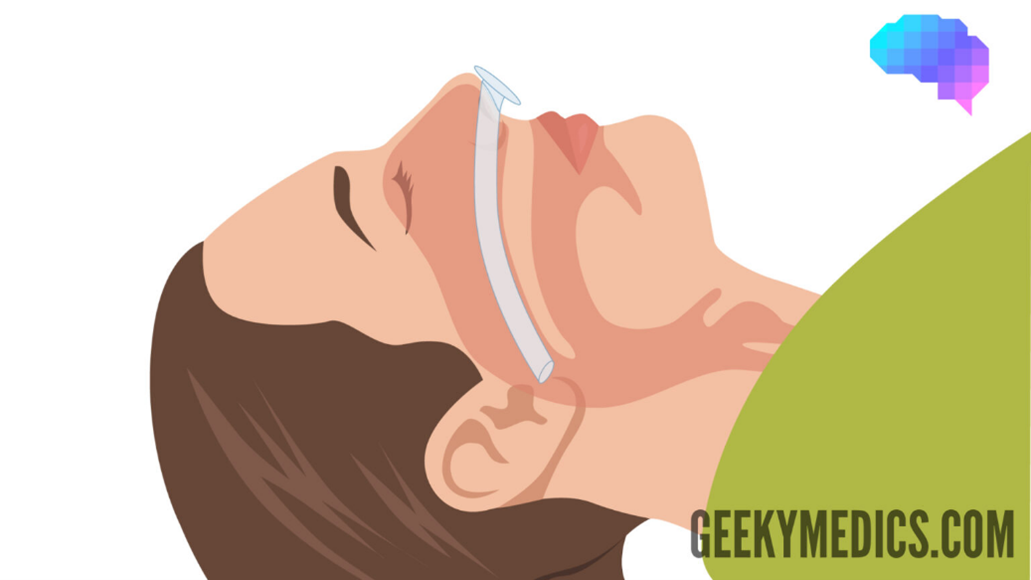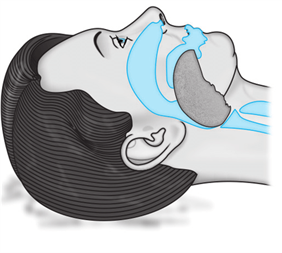Welcome to the BowTiedGasMask Substack!
Home of the H2K IFAK!
If you don’t have an H2K IFAK, pick up one today at H2KIFAK.COM!
Our kits come with an NPA and lube, one of many lifesaving interventions in our kit.
BTW – this is not medical advice. We are anonymous cartoons.
Today, we delve into the crucial realm of utilizing an NPA in a trauma scenario with our friend, @BowTiedAirWay, the Jungle’s Respiratory Therapist.
Make sure you give him a follow!
We will explore the indispensable role of Nasopharyngeal Airway (NPA), discuss its significance, proper usage, and the lifesaving impact of this medical devices in maintaining airway patency during critical situations.
Whether you’re a healthcare professional or someone interested in understanding emergency interventions, this blog is a brief introduction to the world of Nasopharyngeal airway tubes.
BowTiedGasMask: What is an NPA?
BowTiedAirWay: The nasopharyngeal airway (NPA) is a nifty device that is inserted into one or both nostrils to help facilitate ventilation in an emergency. Unlike a Trach tube or intubation, it does not go into the trachea but rests at the end of the pharynx. Its sister, the oropharyngeal airway, goes in the mouth. Now why not pick the one that goes straight into the mouth? Why go the long way through the nose? Well, if the patient has a gag reflex or facial trauma, you cannot use an OPA. So, if you want to keep room for other items in your kit opt for an NPA.
BowTiedGasMask: Why would an NPA be needed in traumatic event?
BowTiedAirWay: In an unconscious or semi unconscious patient, the muscles of the tongue can relax and obstruct the airway. When using an ambu bag you want to have a good seal and observe chest rise with each breathe you give. Sometimes the tongue can partly obstruct the flow from the bag mask breathes.
An NPA goes behind the tongue bypassing the tongue and rests above the epiglottis. After insertion it should be much easier to give quality breaths. Watch for chest rise, again making sure you have a good seal around the mouth and nose. Rarely an NPA can cause a gag reflex which might mean you picked a longer NPA than needed. Remove immediately to avoid aspiration.
BowTiedGasMask: How do you insert an NPA?
BowTiedAirWay: To use, you’ll check the distance from the patients Nare to the ear lobe. That is roughly how long you want the NPA to be. Water based lube is recommend to avoid any damage to the sinuses, as improper insertion can cause sinusitis and epistaxis (nose bleeds). I prefer starting with a finger and some lubricant so I can find which nostril is the best and the general path. You’ll want the beveled side against the septum during insertion. Advance slow and don’t push it “up” as most people tend to do. The path is mostly horizontal before going down. Once you can visualize the tip through the mouth you can put the ambu bag mask on and initiate ventilating the patient.
Here is a link to a @BowTiedAirway approved video for a great visual learning experience.
Nasopharyngeal Airway (NPA) Insertion | ABCDE Emergency | OSCE Guide (youtube.com)
Want to get good? PRACTICE-PRACTICE-PRACTICE!
Big thank you to BowTiedAirway for his contribution!






